
Mineral specimens are commonly described as dendritic, acicular, columnar, striated, botryoidal, banded, and prismatic, acicular.
These terms are the language of crystal habits and are an integral part of a conversation when we describe mineral specimens. While using such terms, we seldom think about why a particular term works for us. I doubt we realize these terms are the direct result of two things, the mineral’s internal atomic structure and the role it plays in a mineral’s development and the effects of the environment on a mineral during formation. We already know when a mineral forms, it develops as one of the recognized crystal systems: isometric, hexagonal, monoclinic, triclinic, tetragonal, or orthorhombic. You may also come across a seventh system, trigonal. This is actually a sub-system based on two basic crystal forms in the hexagonal system.
Regular calcite can show an obvious hexagonal form while some calcites develop in rhombic crystals, so they are identified as trigonal crystals. You have undoubtedly seen this in some rhodochrosite specimens, which is another carbonate. This mineral type shows the same two hexagonal systems. When we describe a mineral, we may start by naming its crystal system. But we need to use terms that describe the specimen in far more detail, and that’s when we describe the mineral’s crystal habits. Native copper is an example of this. It is a cubic or isometric mineral.
Bu hikaye Rock&Gem Magazine dergisinin July 2020 sayısından alınmıştır.
Start your 7-day Magzter GOLD free trial to access thousands of curated premium stories, and 9,000+ magazines and newspapers.
Already a subscriber ? Giriş Yap
Bu hikaye Rock&Gem Magazine dergisinin July 2020 sayısından alınmıştır.
Start your 7-day Magzter GOLD free trial to access thousands of curated premium stories, and 9,000+ magazines and newspapers.
Already a subscriber? Giriş Yap
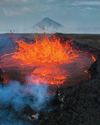
THE BRIGHT SIDE OF VOLCANIC ROCK
As a mineral resource, volcanic rock is decidedly short on glamour.
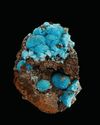
The Other Copper Minerals
12 Lesser-known Collectible Species

MINERAL COLLECTING -AND ROCK & GEM
Evolving Together FOR 54 YEARS
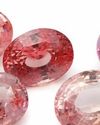
Gemstone Trends
A Look Back at 2024 & What to Expect in 2025
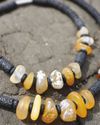
How to Make a GEM BEAD NECKLACE
No Lapidary Experience Needed!
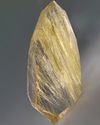
Framing Nature's Art
Faceting Rutilated Quartz for Beginners
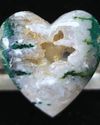
BEDAZZLED BLUE SEAM AGATE
More than several centuries ago, mining was the profession most often seen as befitting of men.
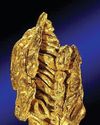
ROCK & GEM FIELD GUIDE:
Spinel is a captivating gemstone with a rich history of being mistaken for gems like ruby and sapphire.
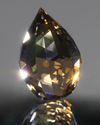
SNAKE SCALE DROP 1.5:1
This Faceting Focus is revisiting the briolette gemstone design because of its popularity with independent and hobby gemstone faceters.
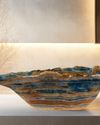
STONE CHIC
How Earth-Inspired Decor Brings Comfort to our Home